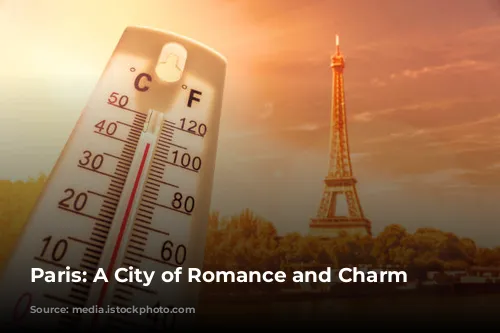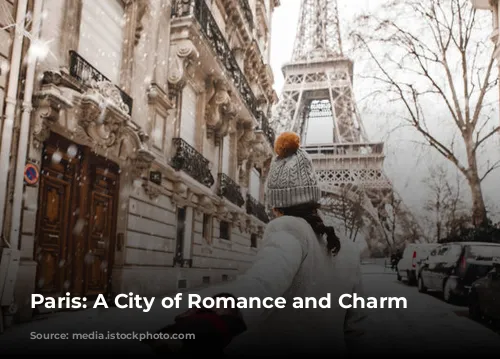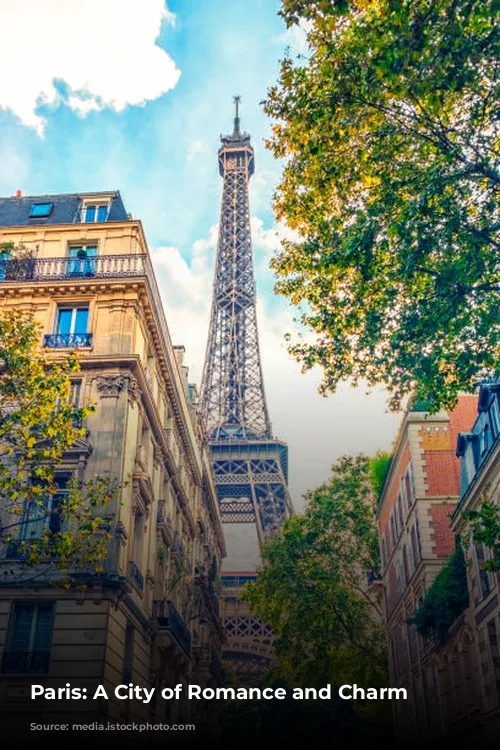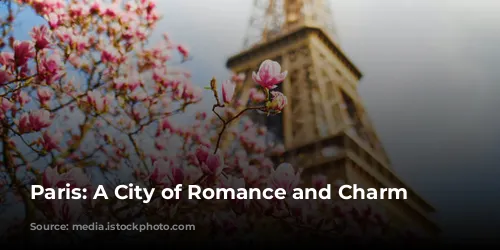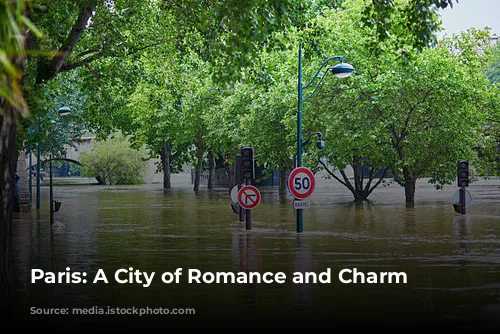Paris, the City of Lights, is a place that captures the hearts of millions. Located in northern France, this iconic city is a fusion of rich history, captivating culture, and breathtaking architecture. But before you embark on your Parisian adventure, let’s delve into the best time to visit based on the city’s enchanting weather.

The Best Time to Visit Paris: A Seasonal Guide
Summer in Paris is a delightful time to explore. Daytime temperatures hover around a comfortable 22°C, reaching their peak in August at 24.8°C. Evenings are balmy, perfect for indulging in the city’s renowned café culture. Although rainfall is still possible, the long hours of sunshine and pleasant temperatures create idyllic conditions for sightseeing.
Spring, with its blossoming flowers and revitalized energy, offers a unique charm to Paris. Temperatures begin to rise, reaching around 15°C, but can still feel a bit chilly at times. March and May are wettest, with March experiencing 47 mm of rain and May a significant 66 mm. Despite the occasional drizzle, the sunshine hours increase, reaching 5 hours in March and 6 hours in April, making for a delightful experience.
Autumn, or Fall, is another picturesque time to visit Paris. As the leaves change color, the city takes on a magical, almost dreamlike quality. Temperatures cool down to around 20°C in September, with decreased rainfall, making it a prime time for sightseeing. However, October can be wet, averaging 67 mm of rain, so an umbrella is a wise companion. As November sets in, the temperature drops to 10°C, and snow becomes a possibility.
Winter, while not as popular for sightseeing, offers a different kind of charm to Paris. Temperatures range from 6°C to 8°C, but the wind can make it feel much colder. Rainfall is frequent, similar to the UK, and the sunshine hours decrease significantly. December sees the least amount of sunshine, with only 2 hours daily, and the potential for 3 days of snow.

The City of Lights: Beyond the Weather
Paris is much more than just its weather; it’s a city brimming with cultural gems. Whether you’re seeking romance, history, or art, Paris has something to offer everyone.
From the iconic Eiffel Tower to the Louvre Museum, Paris is home to some of the world’s most famous landmarks. The Arc de Triomphe, Notre Dame, and the Moulin Rouge are just a few examples of the city’s captivating architecture and vibrant culture.
The city’s history dates back to 4500 B.C., but its most noteworthy period is undoubtedly the French Revolution. The siege of the Bastille Fortress in 1789 marked the beginning of this pivotal moment in French history. Paris played a crucial role in this revolution, becoming the heart of the resistance against the monarchy. The election of the first mayor in July 1789 and the creation of the tricolour flag symbolize this era of change.
Today, Paris is one of the world’s most important cities, boasting a thriving economy and a global presence. It’s the largest city in France, home to a vibrant arts scene, world-renowned fashion houses, and a rich culinary heritage.
Visiting Paris is an experience that stays with you long after you’ve left. Whether you’re strolling along the Seine River, exploring the charming cafés, or immersing yourself in the city’s vibrant culture, Paris offers an unforgettable journey.
So, when is the best time to visit Paris? The answer depends on your preferences. Summer offers the most sunshine and warmest temperatures, spring welcomes the blossoming of flowers, autumn paints the city in vibrant colors, and winter brings a touch of magic and snow. No matter when you choose to visit, Paris will captivate you with its timeless beauty and undeniable charm.
